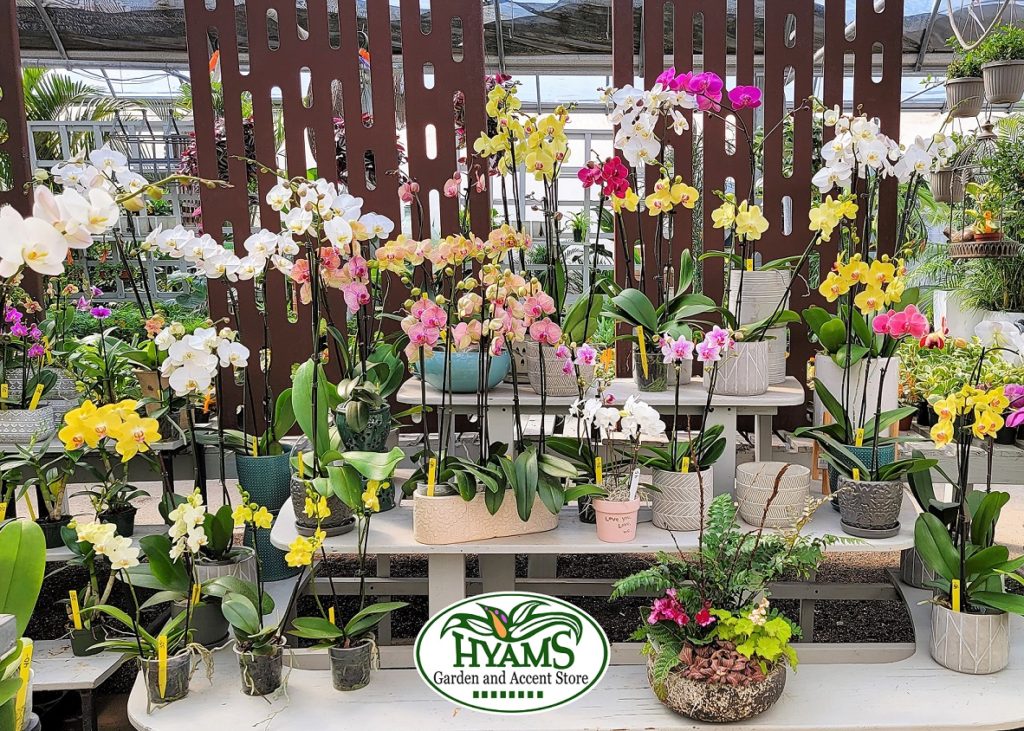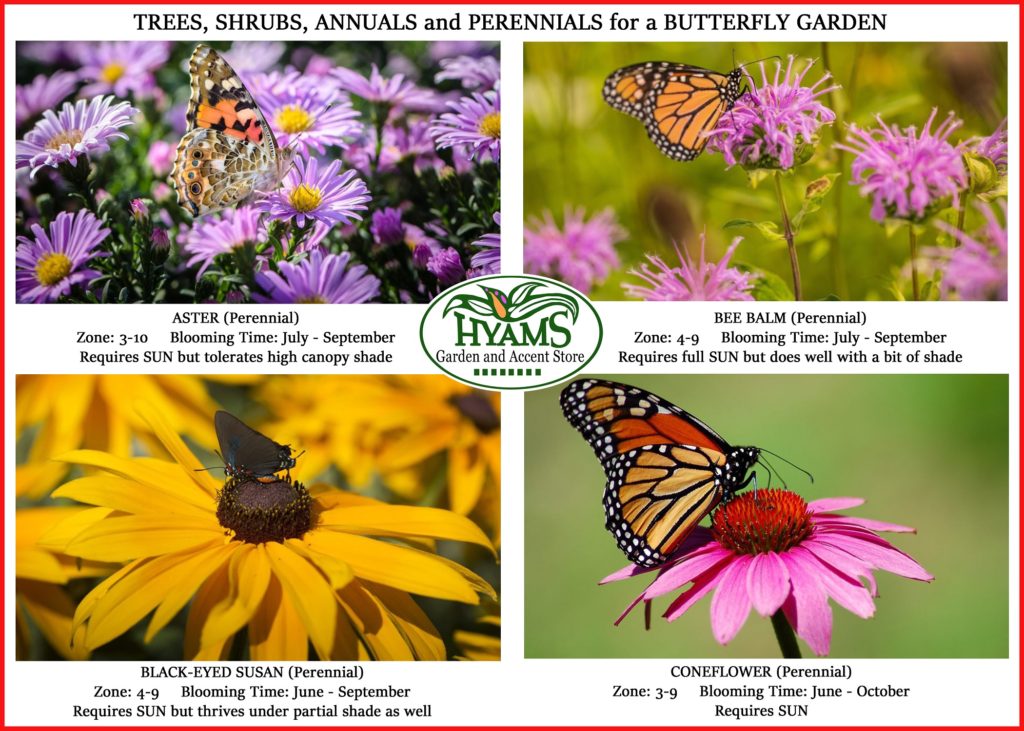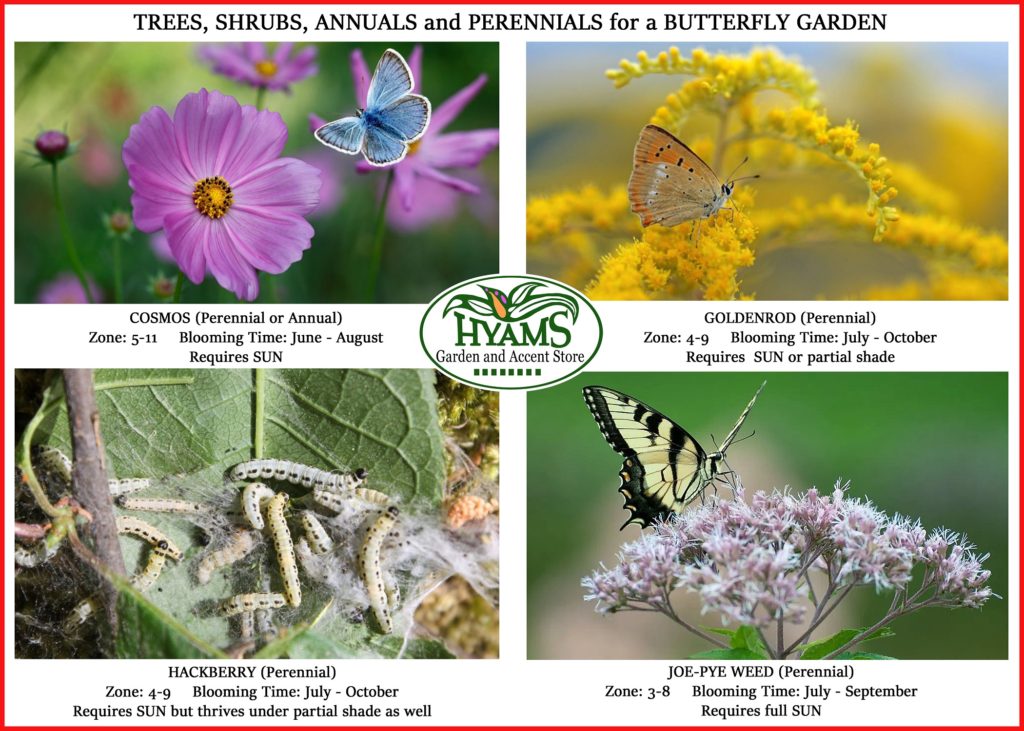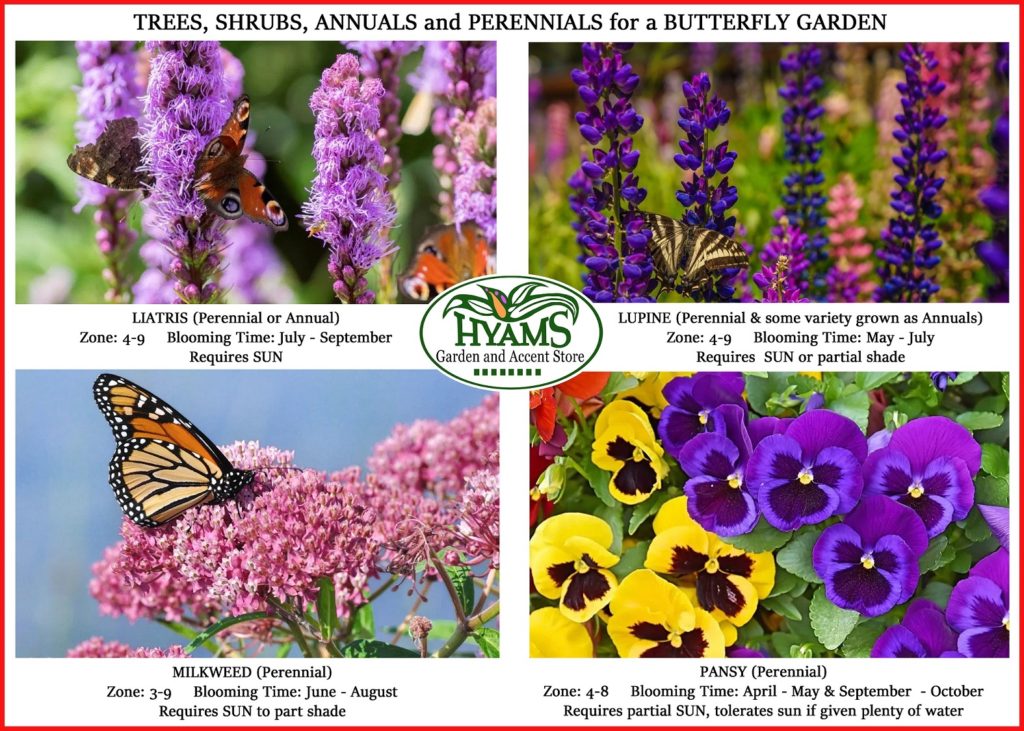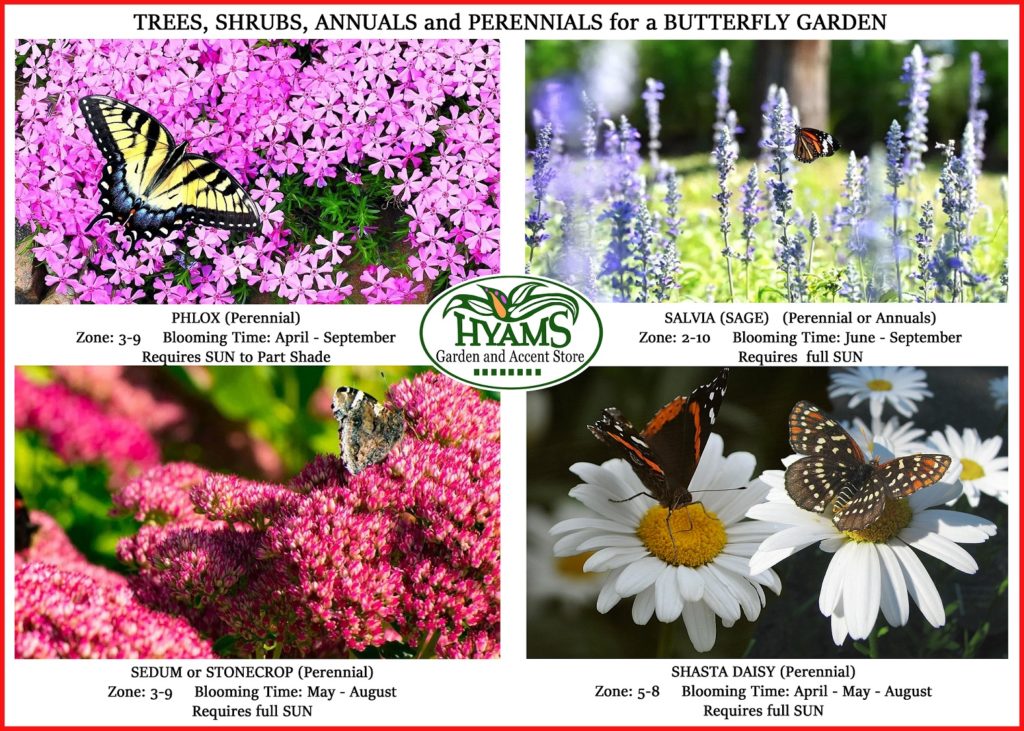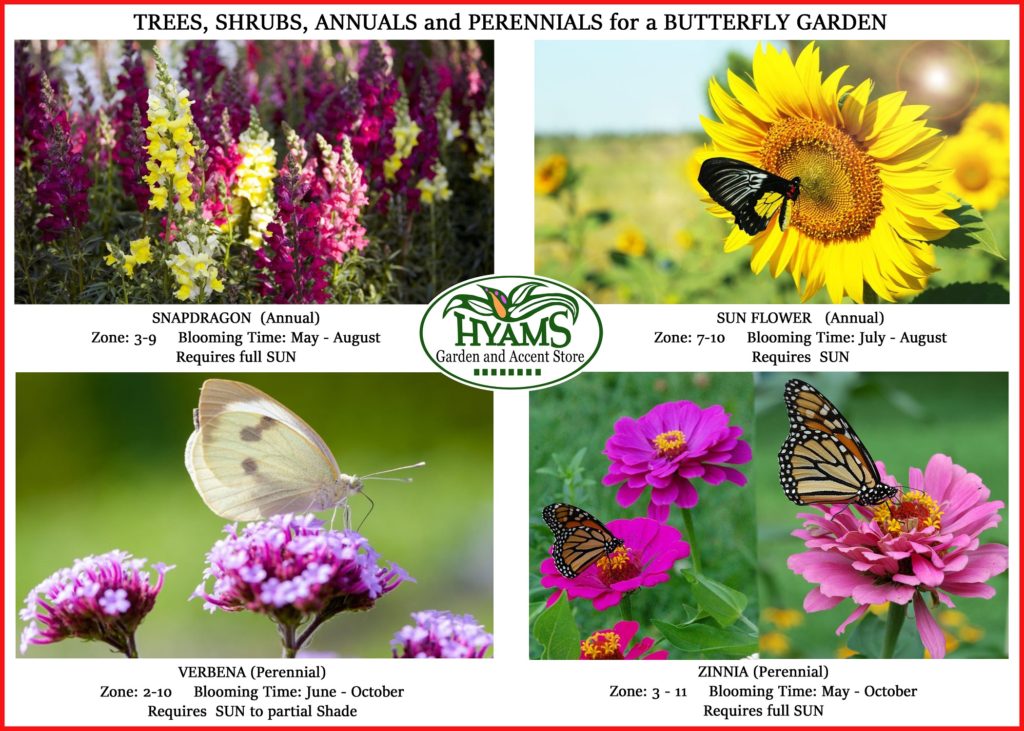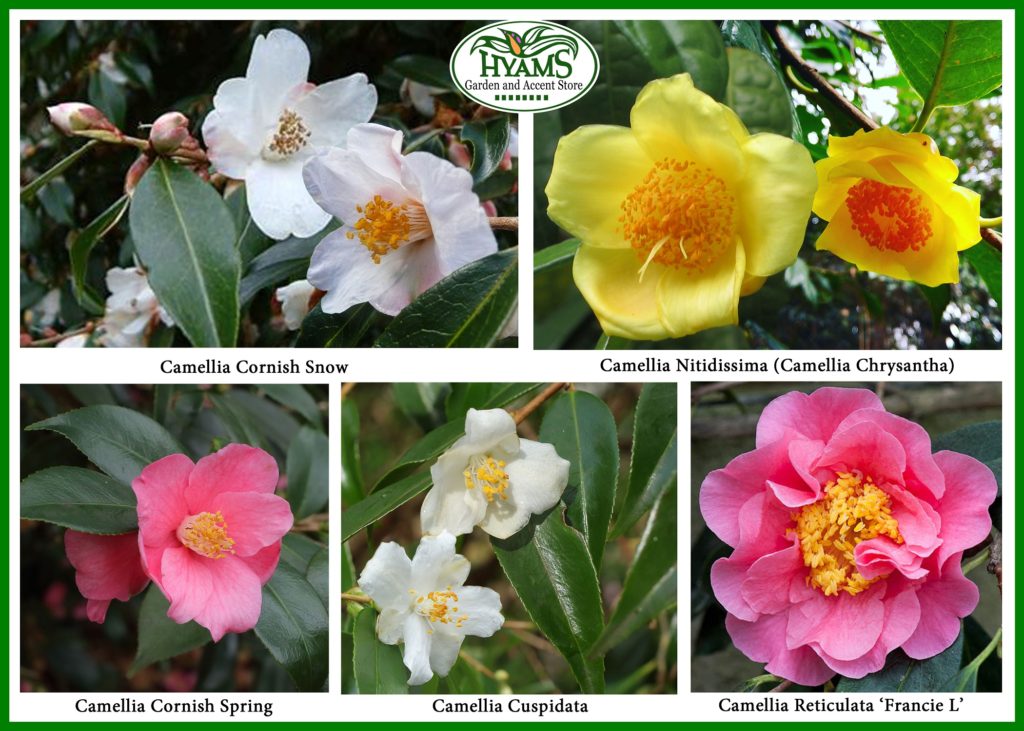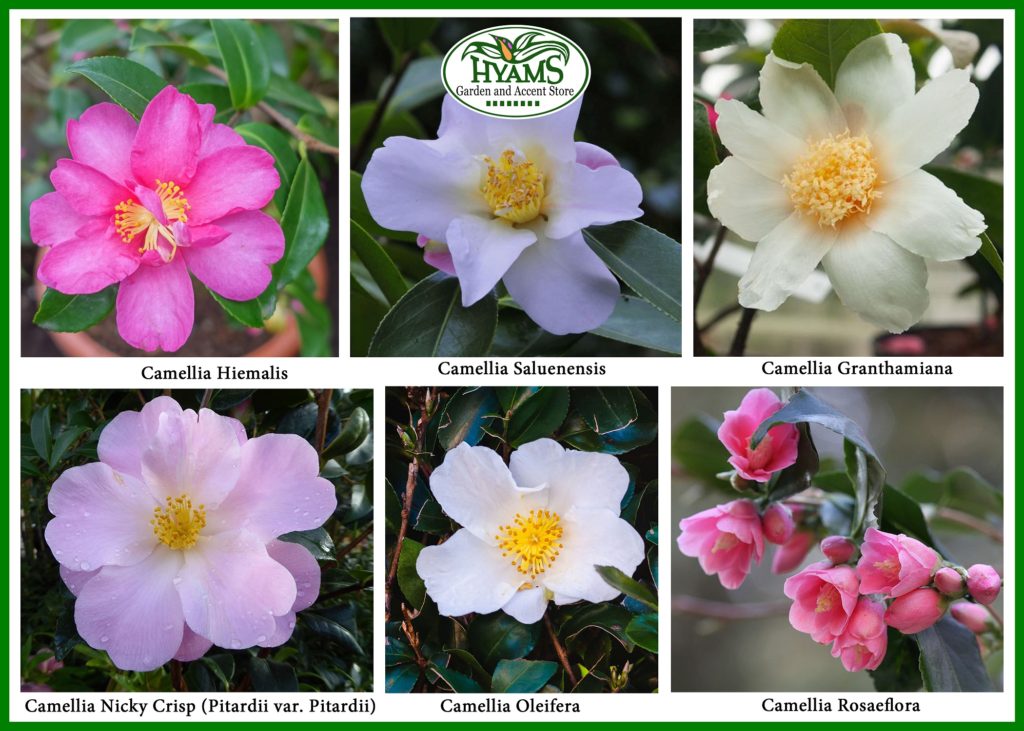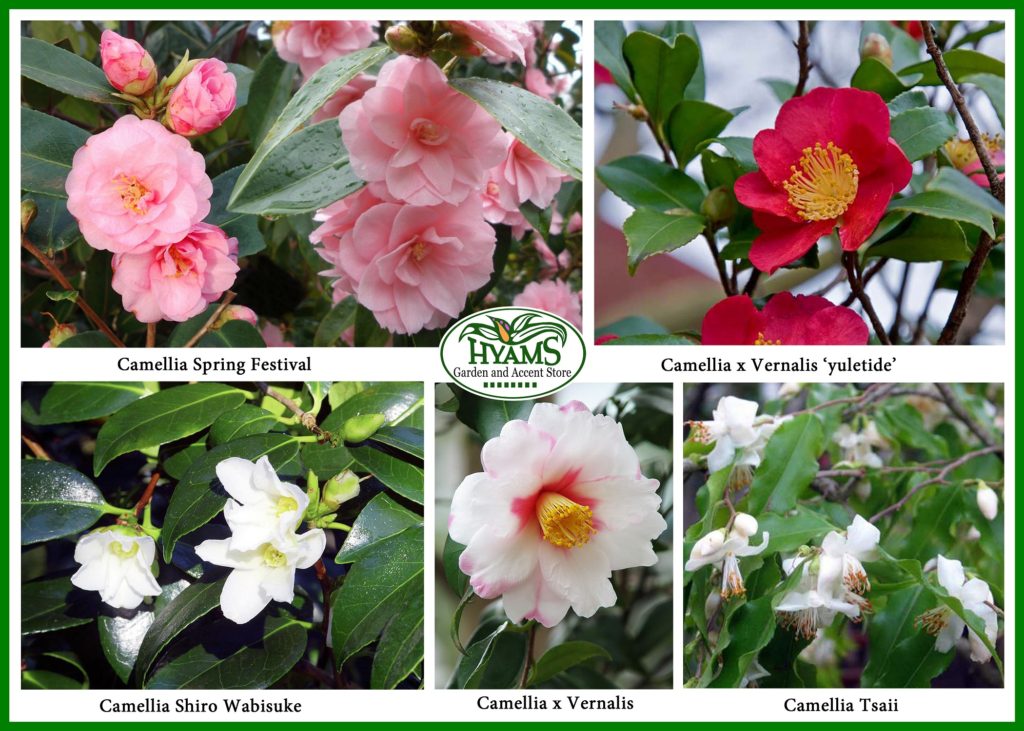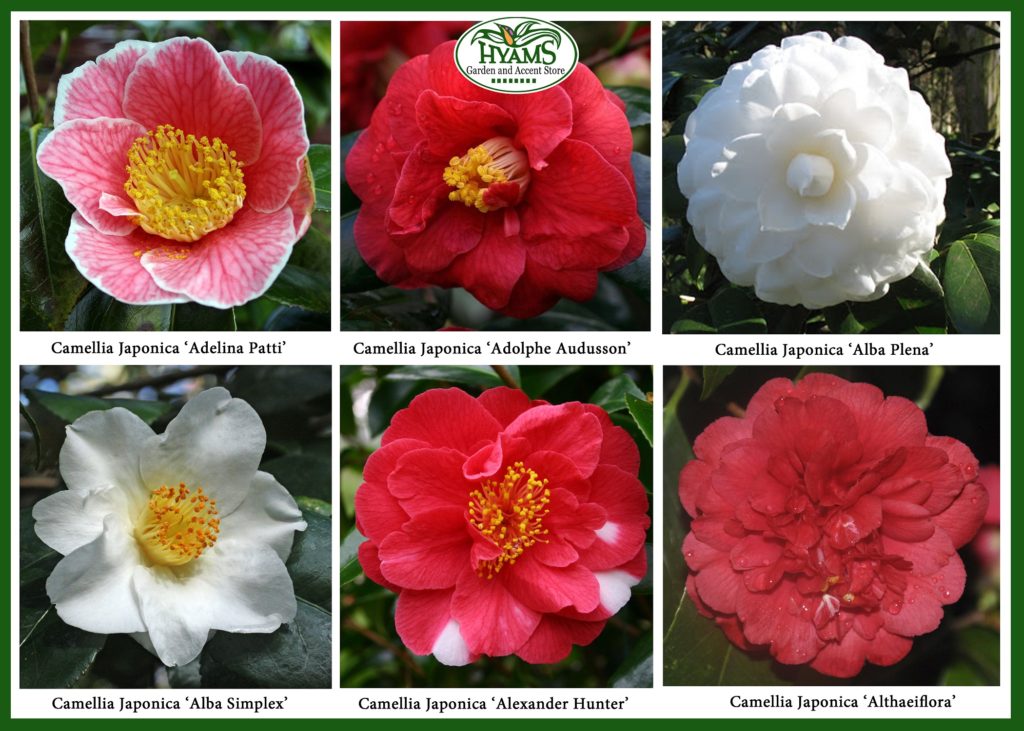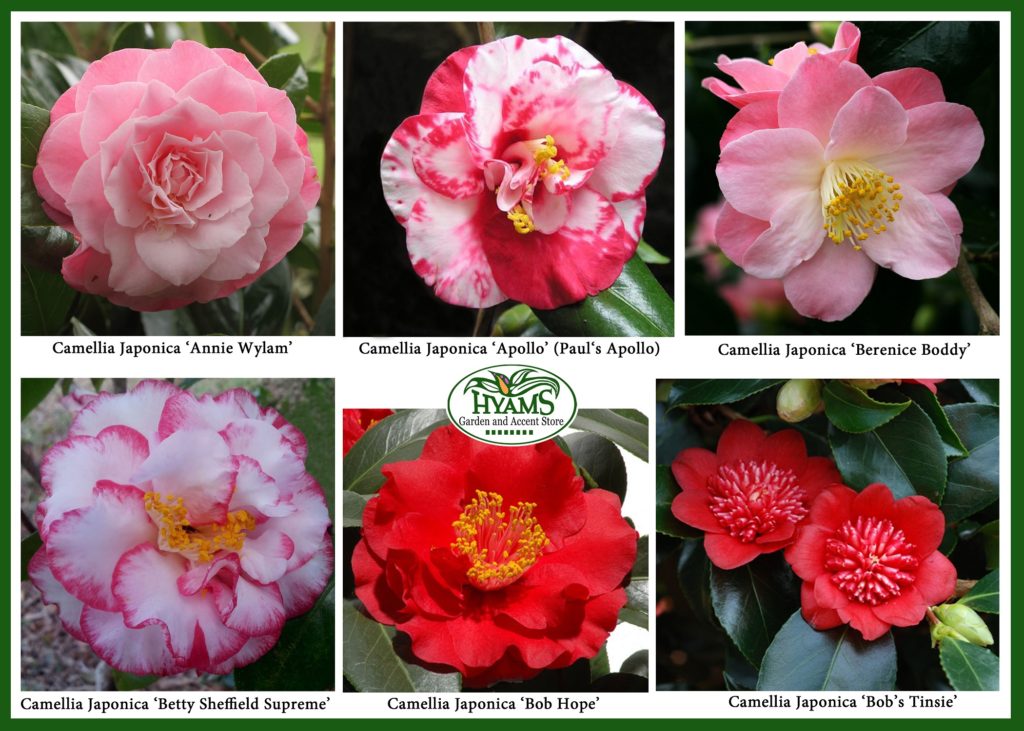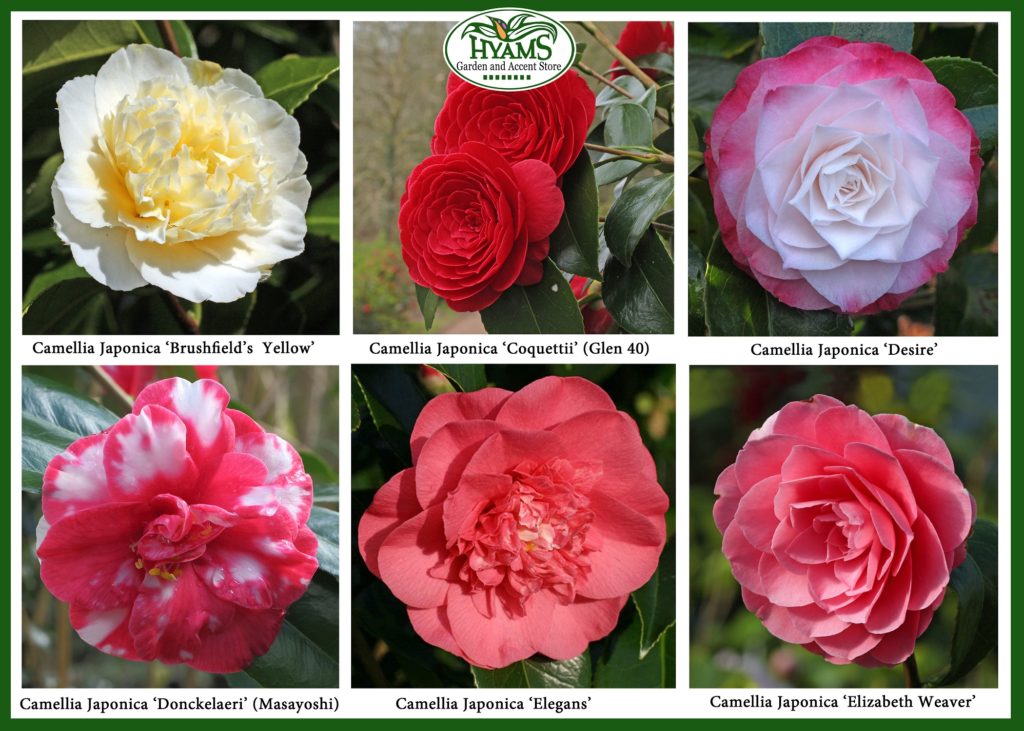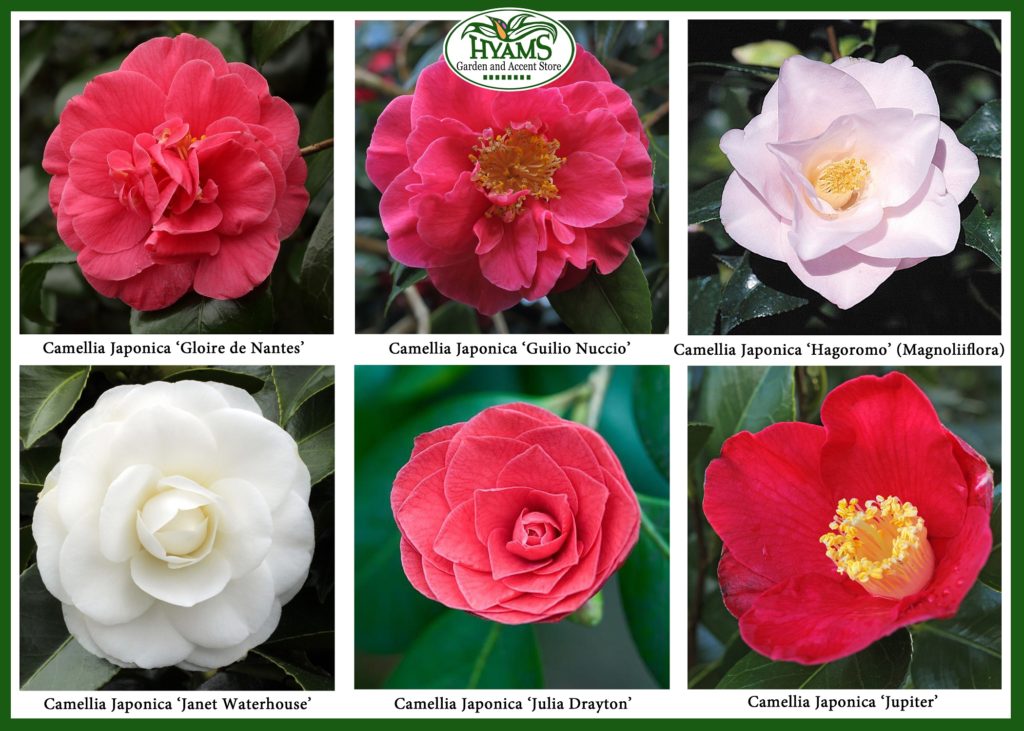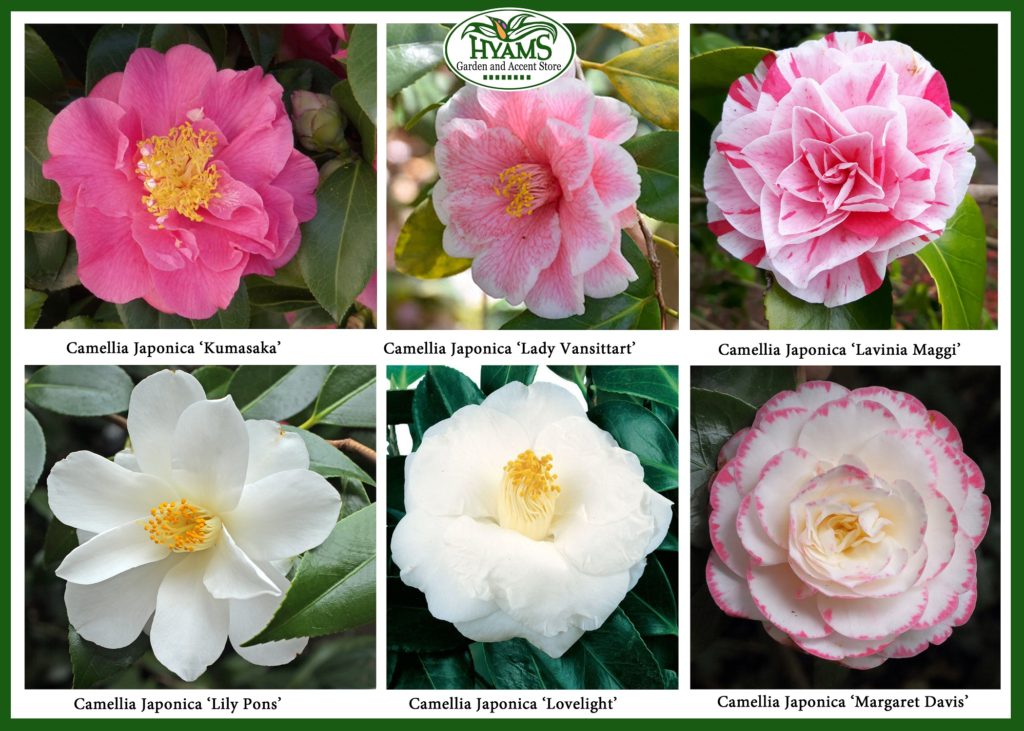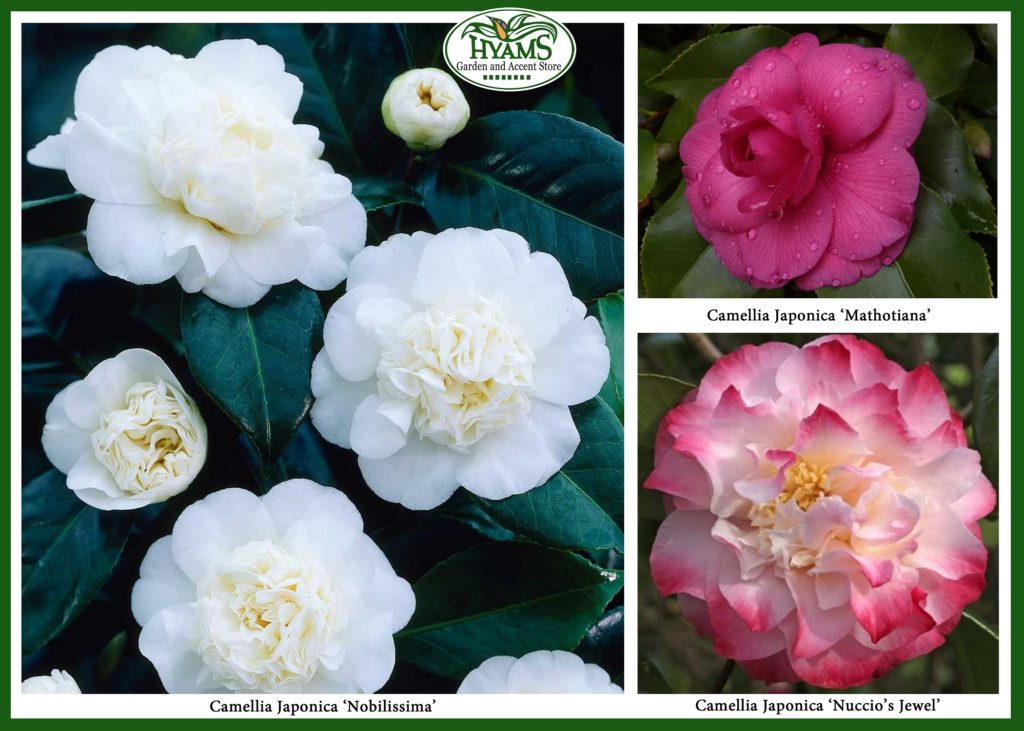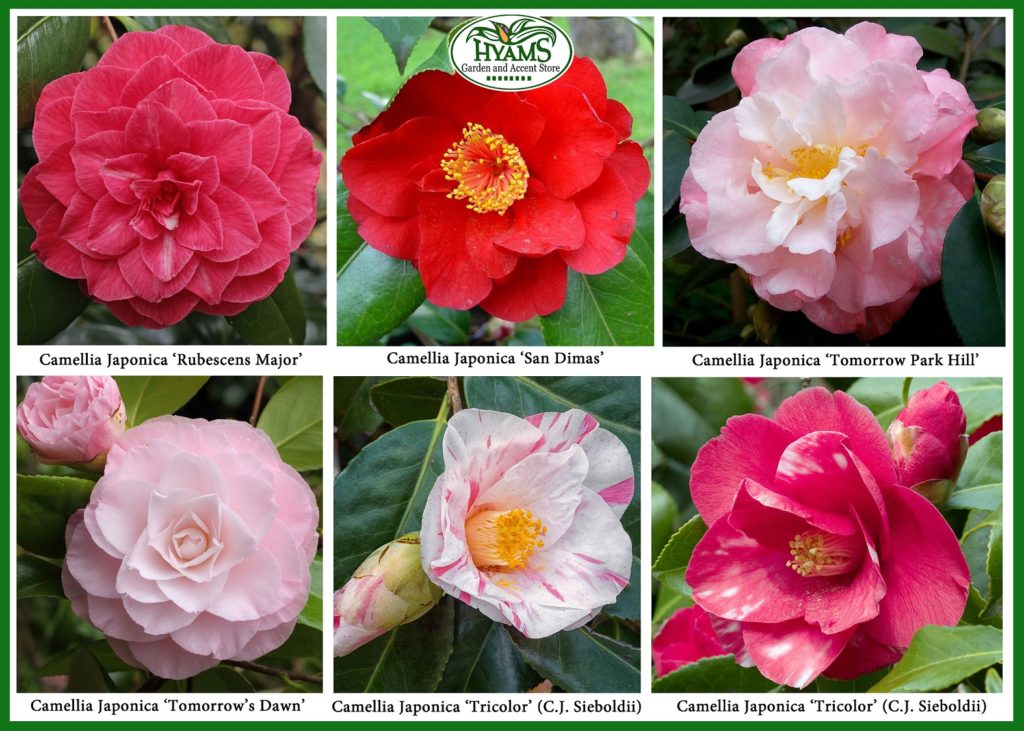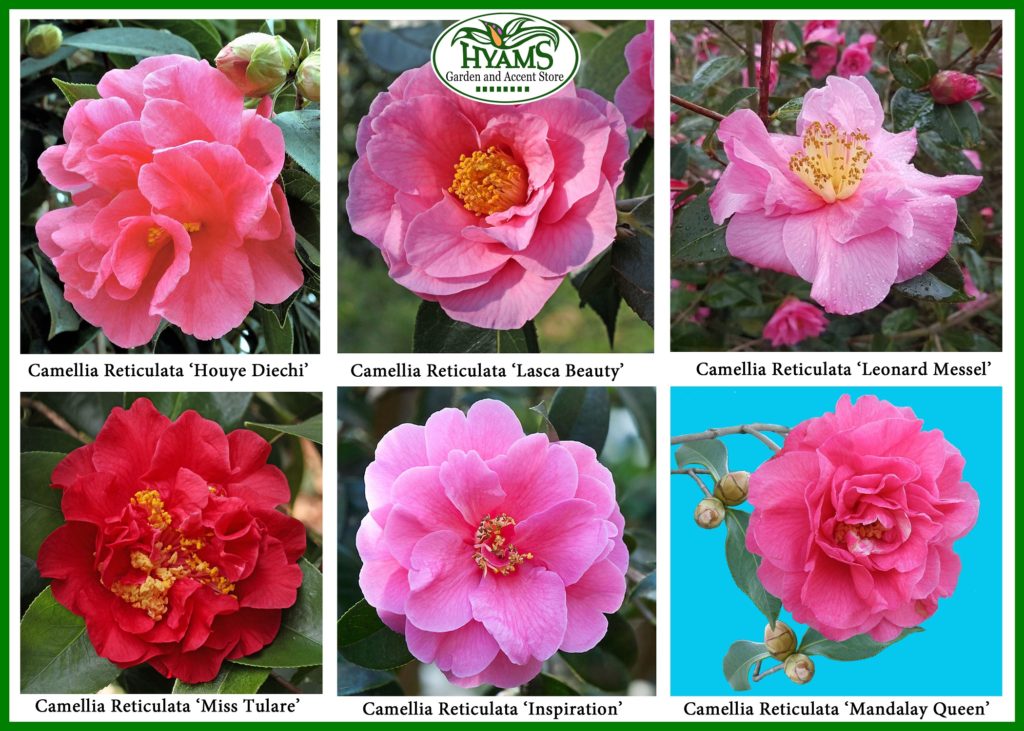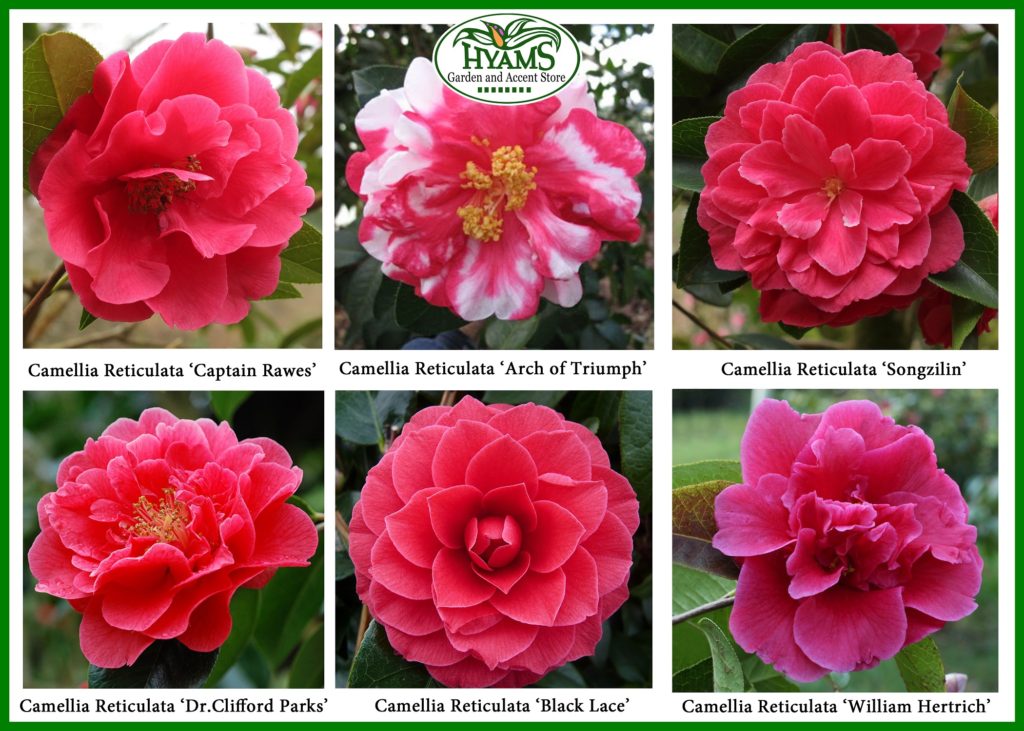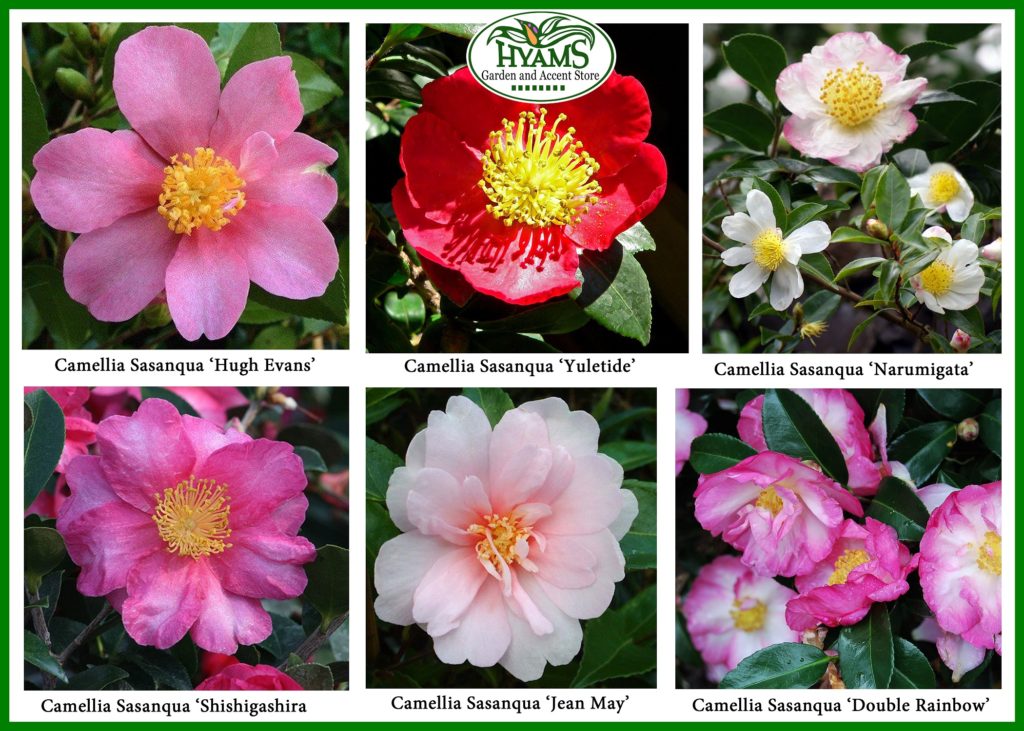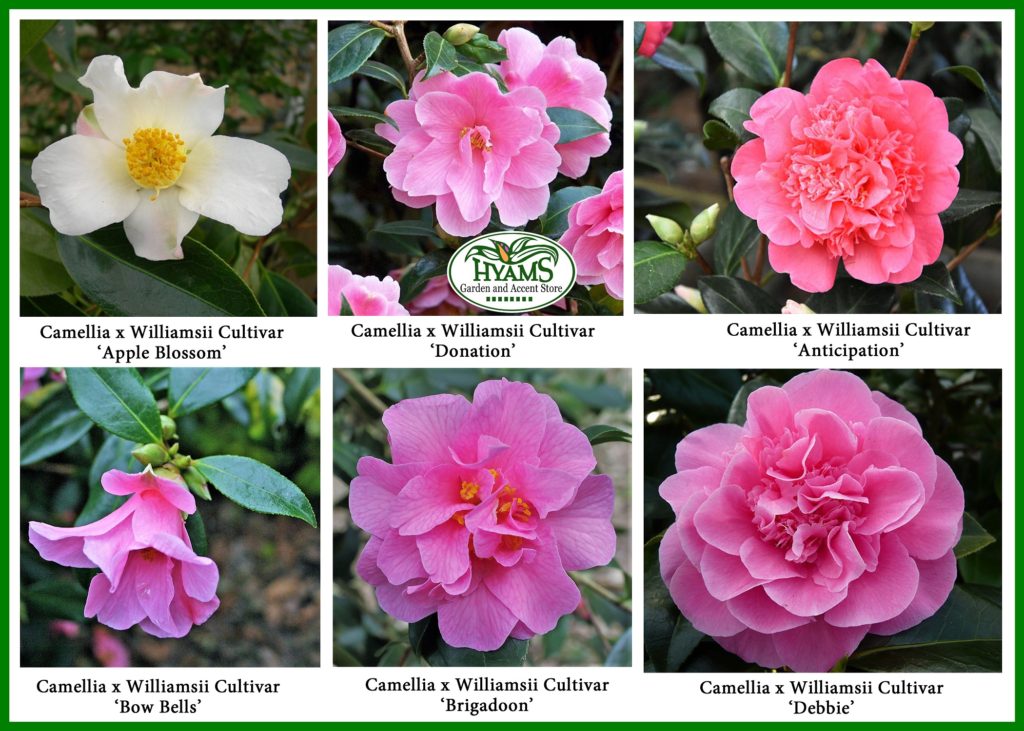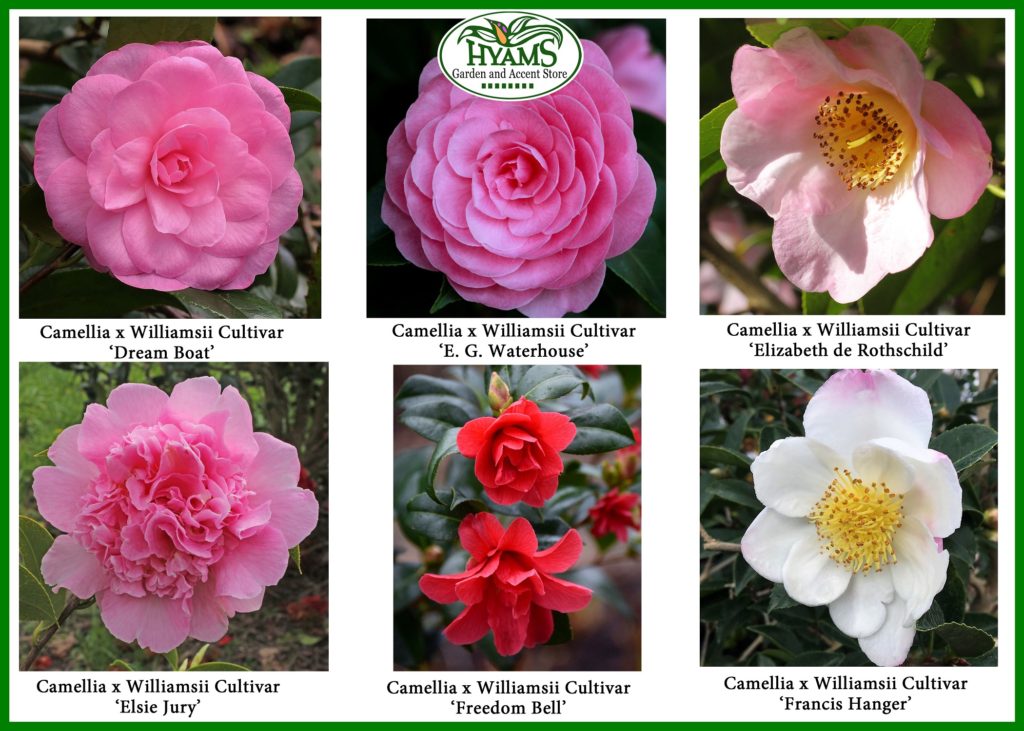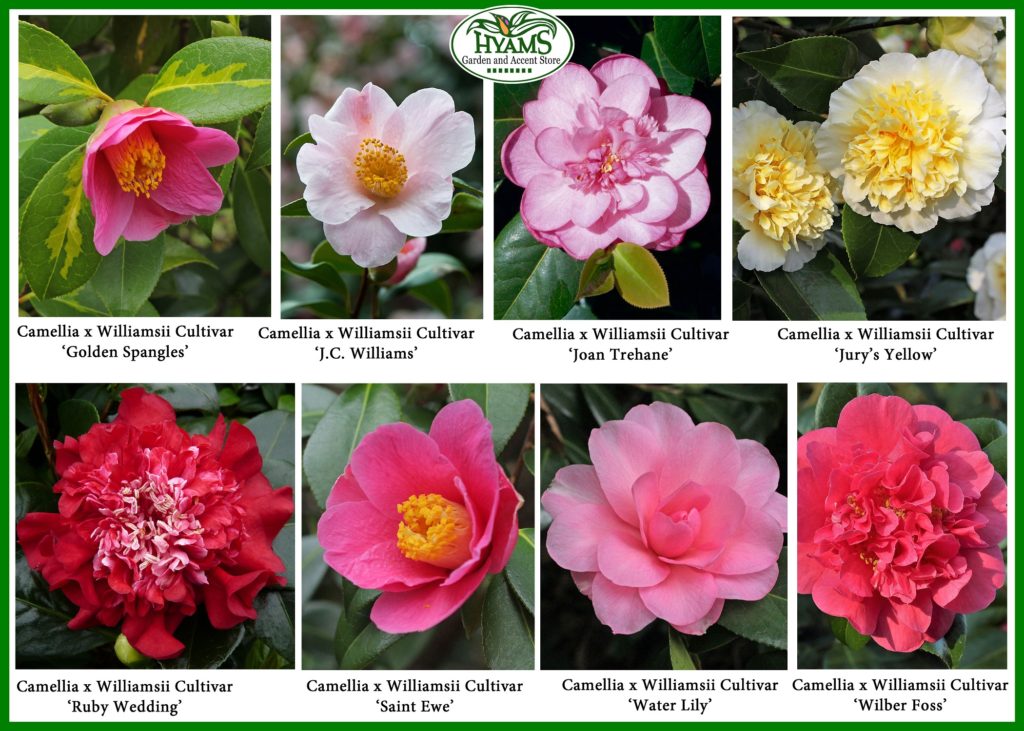Orchids are tropical plants that take on many different forms depending on variety. Some orchids are difficult to grow while others flourish with little care.
Lighting: In the home, orchids need maximum light (not direct sunlight). Proper light levels can be determined by the color of the leaves. A healthy orchid in proper lighting has foliage that is light to medium green.
Temperature: In the home, cool temperatures will help guard against dehydration. Most orchids are happy with medium temperatures at 55-65 degrees at night.
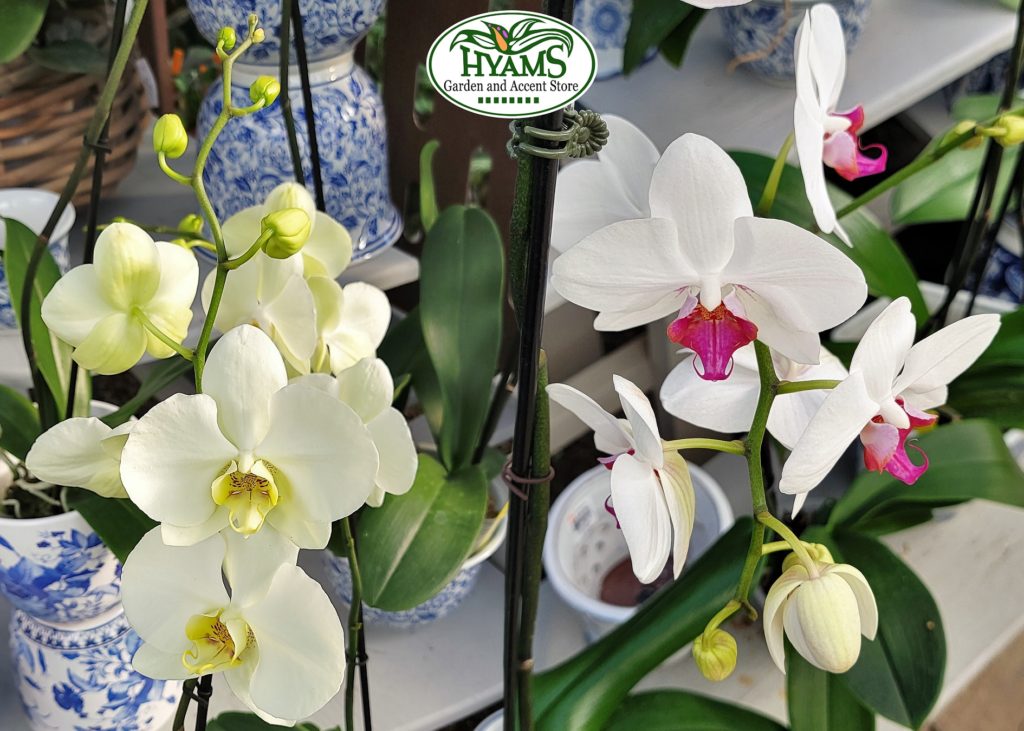
Moisture: It is best to water orchids thoroughly and wait until the surface is relatively dry before watering again. Orchids in fir bark mixes needs watering no more than once every 5-7 days. Generally, orchids with a thick fleshy stem and leaves need less water than orchids with thin, more delicate foliage. Always water your orchid in the morning to allow foliage to dry before night.
Fertilizing: Orchids are not heavy eaters and can be safely fertilized once a month with a water-soluble urea free fertilizer. Always water, as mentioned above, (in the morning), before fertilizing and remembering it is better to under fertilize.
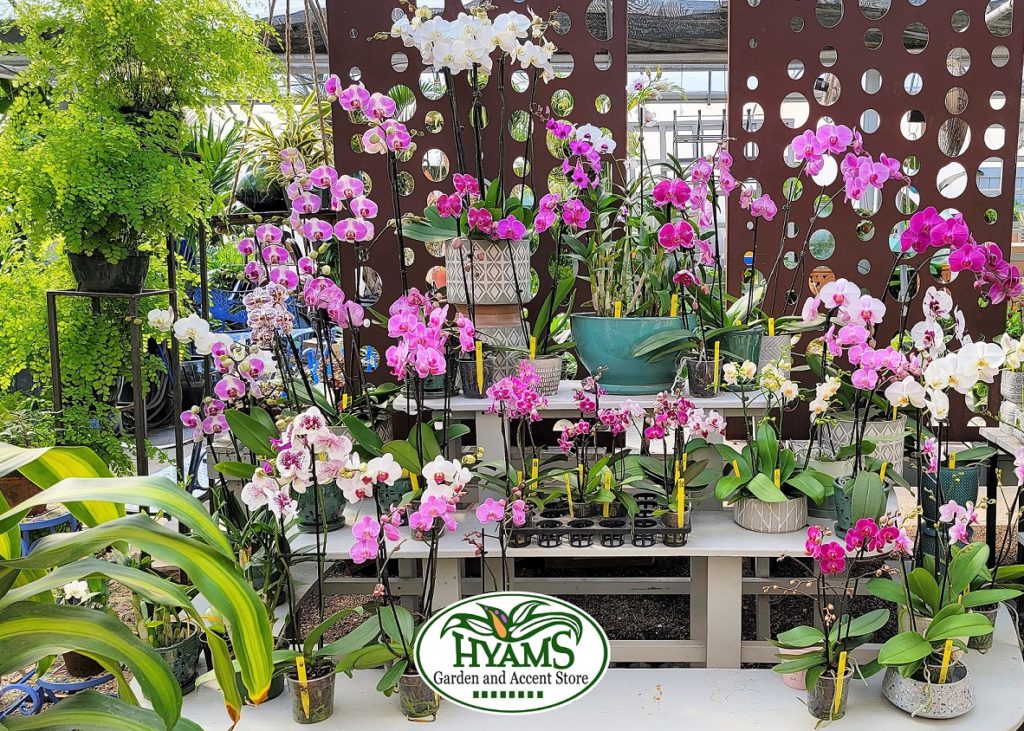
Humidity: Increasing humidity levels around orchids aids in their success while growing indoors. Using humidity trays or trays of wet gravel around or under plants can add to the desired amount of moisture to the air around them; however, be careful to keep the orchid pots bottom above the water level.
Soil: Potting mixes for orchids vary, but most are loose mixtures of organic materials such as fir bark, and/or osmunda fiber, with small amounts of peat, perlite, cork, or charcoal. The object is to have a mix that drains well, but maintains some moisture. Repotting is usually only needed once every two or three years.
Insects: Mealy bugs, aphids and scales are the most frequent pests to be found on orchid plants. Outdoors these pests can simply be washed off. Indoors, further measures may be necessary. Eight is a chemical pesticide that will help control these pests. If you are looking for a pesticide alternative, rubbing alcohol can be sprayed on plants, blooms and buds.
Re-blooming: In the fall and spring, when the outside night temperature is between 50-60 degrees, Phalaenopsis plants can be outside in a covered area in the shade for 2-3 weeks. Temperatures at night should be 15-25 degrees cooler than day temperatures. All orchids benefit from a day-night drop of 10 degrees or more.
